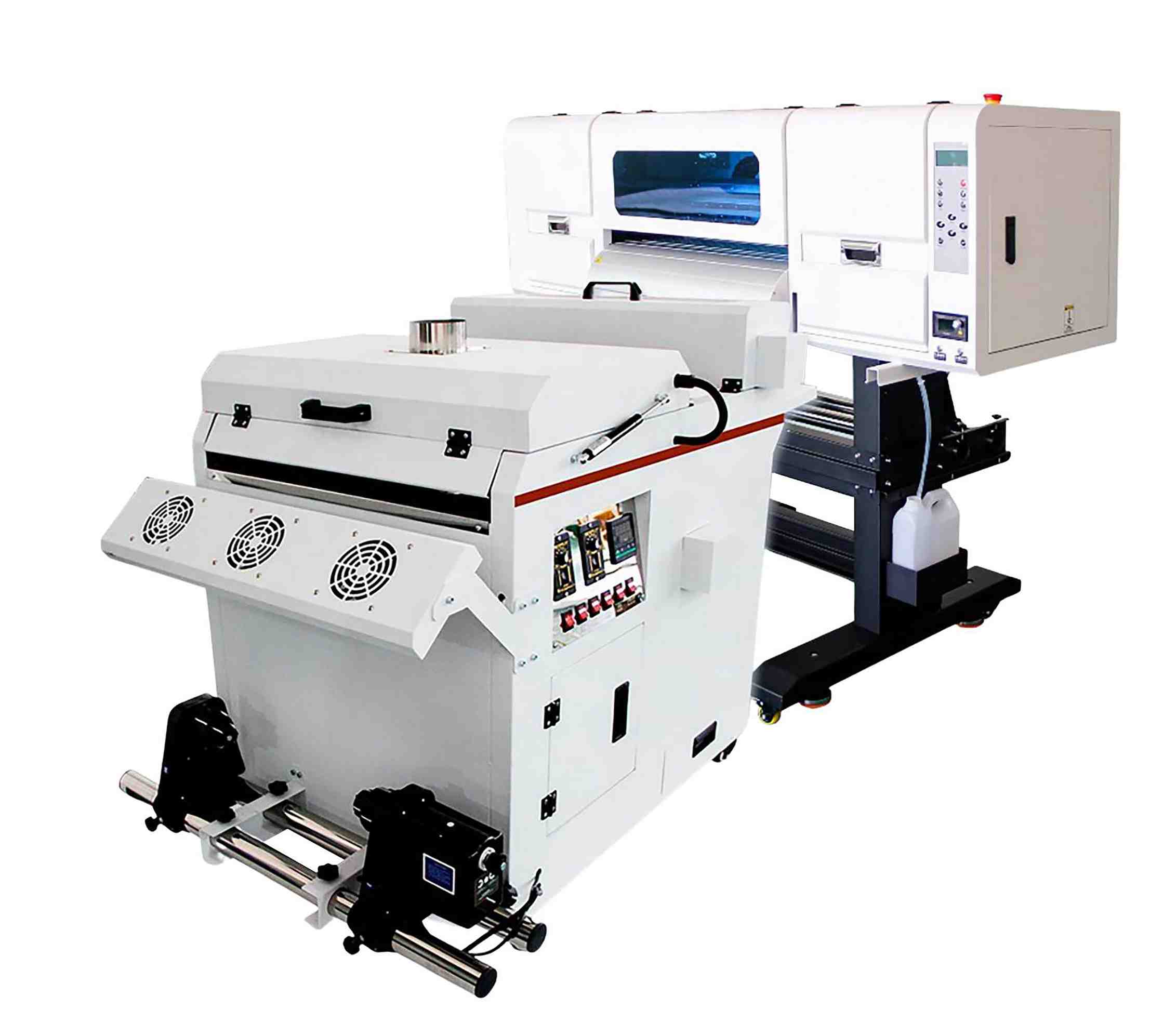Discovering the Art of DTF Printing: Techniques and Applications Introduced
Discovering the Art of DTF Printing: Techniques and Applications Introduced
Blog Article
Grasping DTF Printing: Idea for Getting Vibrant and Long Lasting Prints
In the globe of fabric printing, attaining lively and sturdy prints is a coveted ability that can elevate the high quality of your outcome. From picking the best products to make improvements print settings and improving post-printing completing strategies, there are countless aspects that can influence the end result of your prints.

DTF Printing Basics
For those new to the world of fabric printing, comprehending the fundamentals of DTF printing is important to grasping this ingenious method. Straight to Movie (DTF) printing is a modern method that entails moving styles from a special movie onto numerous fabrics utilizing a heat press. Unlike typical approaches like display printing, DTF uses advantages such as vibrant colors, complex describing, and the ability to print on varied materials like cotton, polyester, and blends.
The process begins by publishing the layout on a special DTF film using a suitable printer with CMYK or CMYKW ink sets. Once the design is published, it is then healed with a heat press to create a durable and durable print. DTF printing is understood for its capability to reproduce intricate layouts with high precision and color accuracy, making it a prominent choice for services seeking to create customized garments, advertising products, and more.
Selecting the Right Products

Just as essential is the selection of the adhesive powder. The adhesive powder serves as a bonding agent in between the published design and the textile, so it should have strong adhesion residential or commercial properties to make sure a resilient and long-lasting transfer. Different fabrics may need various types of sticky powders, so it is important to match the powder to the textile kind for optimum outcomes - DTF Printing. By thoroughly selecting the best materials for DTF printing, printers can improve the high quality, vibrancy, and longevity of their prints.
Enhancing Publish Setups
When aiming to achieve the most effective results in DTF printing, meticulous attention to enhancing print setups is important for guaranteeing high-grade and exact transfers onto fabrics. One essential element to consider when optimizing print setups is the resolution. Greater resolutions typically result in sharper and more thorough prints, improving the general top quality of the transfer. Furthermore, changing the ink thickness can aid accomplish vibrant colors and ensure that the style stands apart on the fabric.
While raising the rate can boost efficiency, it may jeopardize the last print's clearness and color saturation. Experimenting with different rates and observing the results can assist establish the optimum setting for each print work.
Furthermore, adjust color accounts and making certain appropriate shade administration are vital for accomplishing precise and regular colors across different prints. By adjusting color settings and profiles, printers can reduce shade deviations and create consistent outcomes, boosting the overall print top quality and client satisfaction.
Preparing Artwork for DTF Printing
To ensure optimal cause DTF printing, careful interest to information is vital when preparing art work for transfer onto textiles. Begin by picking high-resolution photos to keep clearness and sharpness in the last print. Vector graphics are chosen as they can be quickly scaled without losing top quality. Convert the art work to CMYK color mode to make certain that the shades translate properly from display to print. Change the color degrees and contrast as needed to boost the vibrancy of the style. When including message to the artwork, pick fonts that are appropriate and legible for the designated dimension. Bear in mind to mirror the last design before printing to ensure that it moves correctly onto the garment. Additionally, take into consideration the material type and color when selecting the art work, as these elements can influence the final appearance. By following these steps and paying close interest to the details, you can prepare artwork that is optimized for vivid and durable DTF prints.
Post-Printing Finishing Strategies
Implementing effective post-printing ending up strategies is vital to improving the resilience and visual allure of DTF prints on textiles. Once the printing process is complete, using warm to the printed style is crucial.
Once the movie is eliminated, the print might require additional curing time to better set the ink right into the fabric. This step aids enhance the washability and durability of the print, ensuring it can endure multiple clean cycles without use this link fading or cracking.
In addition, cutting any kind of excess movie around the layout can provide the final print a tidy and professional appearance. Putting in the time to properly end up DTF prints post-printing can substantially affect the general high quality and longevity of the fabric design.

Verdict
In conclusion, grasping DTF printing needs a comprehensive understanding of the fundamentals, selecting ideal materials, maximizing print setups, preparing artwork effectively, and using post-printing ending up strategies. By following these suggestions and techniques, one can accomplish dynamic and resilient prints that meet their preferred high quality standards. Consistent practice and focus to information are vital in accomplishing successful outcomes in DTF printing.
From picking the best materials to make improvements print settings and improving post-printing completing methods, there are numerous elements that can influence the result of your prints. Unlike standard techniques like screen printing, DTF offers benefits such as dynamic shades, elaborate describing, and the capability to print on diverse products like cotton, polyester, and blends.
As soon as the style is printed, look at this website it is then healed with a heat press to develop a resilient and durable print.When aiming to attain the ideal results in go to these guys DTF printing, precise interest to optimizing print setups is crucial for guaranteeing accurate and high-quality transfers onto fabrics.In conclusion, mastering DTF printing needs a comprehensive understanding of the basics, choosing ideal materials, maximizing print setups, preparing artwork properly, and making use of post-printing completing strategies.
Report this page